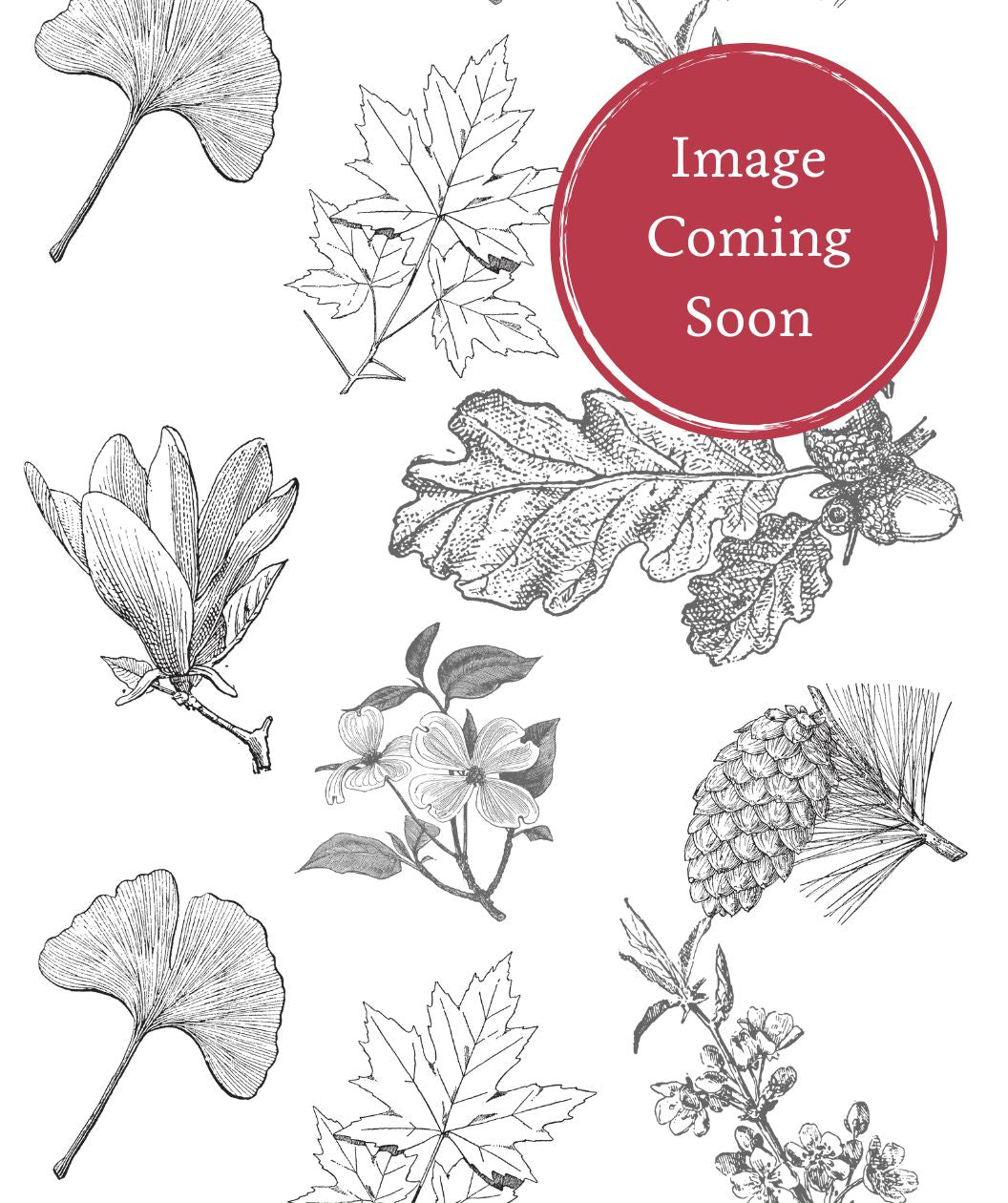A stately native shade tree with a symmetrical form, fragrant flowers, and unmatched urban resilience
FEATURES:
- Upright pyramidal shape offers a formal, elegant presence
- Large heart-shaped leaves turn golden-yellow in fall
- Fragrant pale yellow blooms attract pollinators in early summer
- Excellent tolerance to city conditions and compacted soils
- Native tree that supports local wildlife and ecosystems
- Ideal for streetscapes, campuses, and residential front yards
- Ships on our trucks because of the size of the tree – does not fit in a box
Bower & Branch Landscape Design Tip
If you're planting multiple trees, spacing is key. The American Sentry® Linden's naturally symmetrical form looks best when evenly spaced in a row or staggered pattern. Consider planting in sets of three to create a sense of rhythm and flow in larger landscapes.
Growth Facts
- Hardiness Zone: 3-8
- Mature Height: 50-60' tall
- Mature Width: 20-30' wide
- Exposure: Full Sun
- Spacing: 25-30' apart
A stately native shade tree with a symmetrical form, fragrant flowers, and unmatched urban resilience
FEATURES:
- Upright pyramidal shape offers a formal, elegant presence
- Large heart-shaped leaves turn golden-yellow in fall
- Fragrant pale yellow blooms attract pollinators in early summer
- Excellent tolerance to city conditions and compacted soils
- Native tree that supports local wildlife and ecosystems
- Ideal for streetscapes, campuses, and residential front yards
- Ships on our trucks because of the size of the tree – does not fit in a box
Bower & Branch Landscape Design Tip
If you're planting multiple trees, spacing is key. The American Sentry® Linden's naturally symmetrical form looks best when evenly spaced in a row or staggered pattern. Consider planting in sets of three to create a sense of rhythm and flow in larger landscapes.
Growth Facts
- Hardiness Zone: 3-8
- Mature Height: 50-60' tall
- Mature Width: 20-30' wide
- Exposure: Full Sun
- Spacing: 25-30' apart
Why plant American Sentry® Linden?
How to use American Sentry® Linden in the landscape?
Frequently Asked Questions
The flowers are pale yellow and bloom in early summer. They are highly fragrant and attract bees and other beneficial pollinators.
No. This tree is relatively low maintenance. It drops some small flowers and leaves in fall, but overall it is very tidy and well suited for high-traffic or public areas.
Minimal pruning is needed. You can remove lower branches in winter to raise the canopy if desired, but the tree naturally maintains a strong central leader and symmetrical form.





